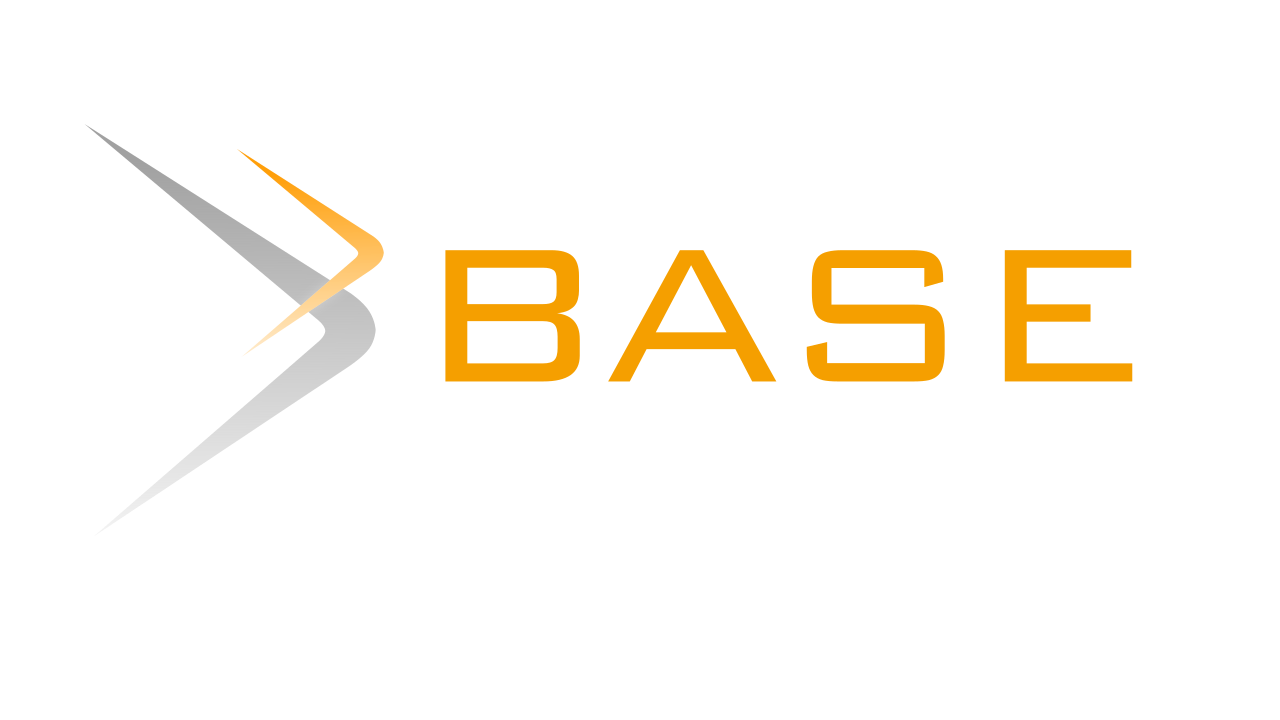The Role of Environmental Management System, Environmental Performance, and Military Connections to Carbon Emission Disclosure
DOI:
https://doi.org/10.32486/aksi.v7i2.424Abstract
This study aims to examine the role of environmental management systems, environmental performance, and military connections to the disclosure of carbon emissions. This study focuses on companies listed on the Indonesia Stock Exchange for the period 2017-2020. Hypothesis testing using multiple linear regression. Test-F shows a stable and significant model. The research results show four variables that have been proven to be insignificant to carbon emissions, namely the environmental management system, military connections, size firms, and leverage. Environmental performance and age firms in this research have affected a positive and significant impact on the disclosure of carbon emissions. This demonstrates that companies that receive the PROPER Awards from the Ministry of Environment and Forestry are those with good environmental performance in accordance with government regulations to reduce greenhouse gas emissions.
References
Annandale, D., Morrison-saunders, A., dan Bouma, G. (2004). Environmental Protection Instruments On Company Environmental Performance. Business Strategy and the Environment, 13(1), 1–12.
Benmelech, E., & Frydman, C. (2015). Military CEOs. Journal of Financial Economics, 117(1), 43– 59.
Carbon Disclosure Project (CDP). Cement – the invisible polluter (2018). https://www.cdp.net/en/articles/investor/cement-the-invisible-polluter (accessed on 28 January 2022).
Choi, B. B., Lee, D., & Psaros, J. (2013a). An analysis of Australian company carbon emission disclosures. Pacific Accounting Review, 25(1), 58–79.
Dianawati, W. (2017). Pengaruh Karakteristik Perusahaan dan Sertifikasi Lingkungan Terhadap Pengungkapan Corporate Social Responsibility. EKUITAS: Jurnal Ekonomi Dan Keuangan, 20(2), 226–241. https://doi.org/10.24034/j25485024.y2016.v20.i2.1825
Epstein, E. M. (1972). The Historical Enigma of Corporate Legitimacy. California Law Review, 60(6), 1701–1717.
Franke, V. C. 2001. Generation X and the military: a comparison of attitudes and values between west point cadets and college students. Journal of Political and Military Sociology, 29(1): 92– 119
Freeman, R. E., & Reed, D. L. (1986). Stockholders and Stakeholders : A New Perspective on Corporate Governance. California Management Review, 25(3), 88.
Gray, R., Kouhy, R., & Lavers, S. (1995). Corporate social and environmental reporting. Accounting, Auditing & Accountability Journal, 8(2), 47–77.
Guthrie, J., & Parker, L. D. (1989). Legitimacy Theory Corporate Social Reporting : A Rebuttal of Legitimacy Theory. Accounting and Business Research, 19(76), 37–41.
Harymawan, I. (2018). Why do firms appoint former military personnel as directors? Evidence of loan interest rate in militarily connected firms in Indonesia. Asian Review of Accounting, 28(1), 1–18.
Hermawan, A., Aisyah, I. S., Gunardi, A., & Putri, W. Y. (2018). Going Green : Determinants of Carbon Emission Disclosure in Manufacturing Companies in Indonesia. International Journal of Energy Economics and Policy, 8(1), 55–61.
Irwhantoko, & Basuki. (2016). Carbon Emission Disclosure : Studi pada Perusahaan Manufaktur Indonesia. Jurnal Akuntansi Dan Keuangan ISSN 1411-0288 Print / ISSN 2338-8137 Online, 18(2), 92–104.
Intergovernmental Panel on Climate Change (IPCC). Impacts of 1.5°C of Global Warming on Natural and Human Systems (2018). Available online: www.ipcc.ch/sr15/chapter/chapter-3/ (accessed on 28 January 2022).
Iswati, S. (2018). Carbon Accounting Reflection as a Response to Face the Climate Change.
Advances in Social Science, Education and Humanities Research (ASSEHR), 98, 15–18.
Iswati, S., & Setiawan, P. (2020). Green Earth : Carbon Emissions , ISO 14001 , Governance Structures , Militarily Connected from the Manufacturing Industries in Indonesia. Journal of Accounting and Investment, 21(1), 1–18. https://doi.org/10.18196/jai.2101134
Kalu, J. U., Buang, A., & Aligha, G. U. (2016). Determinants of voluntary carbon disclosure in the corporate real estate sector of Malaysia. Journal of Environmental Management, 182, 519–524. https://doi.org/10.1016/j.jenvman.2016.08.011.
Kementerian Energi dan Sumber Daya Mineral. Data Inventory Emisi GRK Sektor Energi; Kementerian Energi dan Sumber Daya Mineral: Jakarta, Indonesia, 2016. Available online: https://www.esdm.go.id/assets/media/content/content-data-inventory-emisi grk-sektor-energi-
.pdf (accessed on 28 December 2021)
Kementerian Lingkungan Hidup dan Kehutanan. Program Penilaian Peringkat Kinerja Perusahaan Dalam Pengelolaan Lingkungan Hidup (PROPER): Jakarta, Indonesia, 2017. Available online: https://ppkl.menlhk.go.id/website/filebox/244/180117102736Publikasi%20PROPER%202017
.pdf (accessed on 28 December 2021)
Kuo, L., & Chen, V. Y. (2013). Is environmental disclosure an effective strategy on establishment of environmental legitimacy for organization ? Management Decision, 51(7), 1462–1487.
Luo, L., Tang, Q., & Lan, Y.-C. (2013). Comparison of propensity for carbon disclosure between developing and developed countries A resource constraint perspective. Accounting Research Journal, 26(1), 6–34.
Malmborg, F. B. von. (2002). Environmental management systems, communicative action and organizational Learning. Business Strategy and the Environment, 11(3), 312–323.
Mathews, M. R. (1995). Social and Environmental Accounting : A Practical Demonstration of Ethical Concern ? Journal 0f Business Ethics, 14, 663–671
Mitchell, R. K., & Wood, D. J. (1977). Toward a Theory of Stakeholder Identification and Salience : Defining the Principle of Who and What Really Counts. The Academy of Management Review, 22(4), 853–886.
Montiel, I., dan Husted, B. W. (2009). The Adoption of Voluntary Environmental Management Programs in Mexico : First Movers as Institutional Entrepreneurs. Journal of Business Ethics, 88(1), 349–363.
Nasih, M., Harymawan, I., & Paramitasari, Y. I. (2019). Carbon Emissions , Firm Size , and Corporate Governance Structure : Evidence from the Mining and Agricultural Industries in Indonesia. Sustainability (Switzerland), 11(9).
Nasih, M., Harymawan, I., Putra, F. K. G., & Qotrunnada, R. (2019). Military Experienced Board and Corporate Social Responsibility Disclosure: An Empirical Evidence From Indonesia. Entrepreneurship and Sustainability Issues, 7(1), 553–573.
Patten, D. M., & Crampton, W. (2004). Legitimacy and The Internet: An Examination Of Corporate Web Page Enviromental Disclosures. In Advances in Environmental Accounting & Management, 2, 31–57.
Patterson, J. D., & Allen, M. W. (1997). Accounting for your actions : How stakeholders respond to the strategic communication of environmental activist organizations. Journal of Applied Communication, 25, 293–316.
Peraturan Presiden Republik Indonesia Nomor 61 Tahun 2011 Tentang Rencana Aksi Nasional Penurunan Emisi Gas Rumah Kaca.
Peraturan Presiden Republik Indonesia Nomor 71 Tahun 2011 Tentang Penyelenggaraan Inventarisasi Gas Rumah Kaca Nasional.
Prafitri, A., & Zulaikha. (2016). Analisis Pengungkapan Emisi Gas Rumah Kaca. Jurnal Akuntansi & Auditing, 13(2), 155–175.
Rankin, M., Windsor, C., & Wahyuni, D. (2011). An investigation of voluntary corporate greenhouse gas emissions reporting in a market governance system Australian evidence. Accounting, Auditing & Accountability Journal, 24(8), 1037–1070.
Setiawan, P., & Iswati, S. (2019). Carbon Emissions Disclosure, Environmental Management System, and Environmental Performance: Evidence from the Plantation Industries in Indonesia. Indonesian Journal of Sustainability Accounting and Management, 3(2), 215. https://doi.org/10.28992/ijsam.v3i2.99
Thornton, R. V, & Hsu, S. (2001). Environmental Management Systems and Climate Change.
Enviromental Quality Management, 11(1), 93–100.
Verrecchia, R. E. (1983). Discretionary Disclosure. Journal of Accounting and Economics, 5, 179– 194.
Wong, L., Bliese, P., & Mcgurk, D. (2003). Military Leadership : A Context Specific Review. The Leadership Quarterly, 14, 657–692.
Yunus, S., Elijido-Ten, E., & Abhayawansa, S. (2016). Article information : Managerial Auditing Journal, 31(2), 156–17
Downloads
Published
How to Cite
Issue
Section
License

This work is licensed under a Creative Commons Attribution-ShareAlike 4.0 International License.













